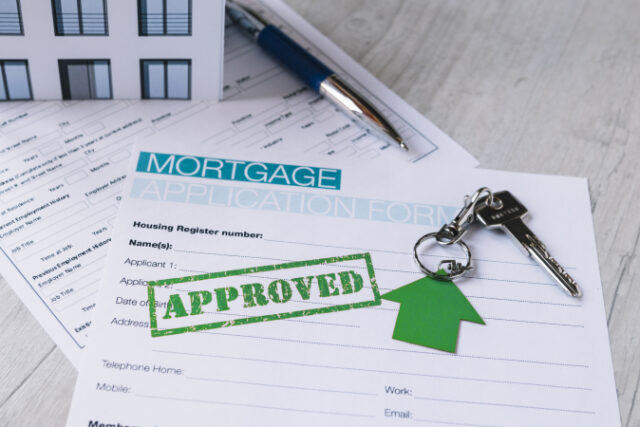
Written by Jeff Ostrowski – 3 min read – Edited By Bill McGuire
The Federal Reserve’s interest rate decisions influence the rates you pay for home equity loans, HELOCs and adjustable-rate mortgages. The central bank in December signaled that interest rates are going up from the current record lows in 2022 with at least three rate hikes, so if you have a loan with a variable rate, you should understand the stakes.
The board is also stepping up the curtailment of its massive bond-buying program that has helped keep interest rates low. That move is expected to also put upward pressure on mortgage rates.
Fed influence on home equity loans, HELOCs and ARMs
The Fed is responsible for setting the federal funds rate, the interest rate banks charge each other for overnight loans to meet reserve requirements.
- Home equity loans and HELOCs: The prime rate is another benchmark rate, and it tends to be 3 percentage points higher than the fed funds rate. Many lenders tie the rates on home equity loans and HELOCs to the prime rate. When the Fed changes the fed funds rate, loan rates go up or down, including the prime rate, depending on the Fed’s decision.
- Adjustable-rate mortgages: Rates on many ARMs now are tied to the Secured Overnight Financing Rate, or SOFR, which has replaced the London Interbank Offered Rate, or LIBOR. Because the Fed’s rate decisions serve as a basis for savings instruments, raising or lowering the fed funds rate can cause SOFR to go up or down, meaning ARM rates will go up or down as well, depending on when the loan resets its rate.
What ARM mortgage borrowers should know about the Fed
ARMs have variable interest rates, which float up or down with the fed funds rate. This means if the fed funds rate goes up by a quarter of a percentage point, your ARM rate will increase as well at the next reset. However, there are caps on the amount of interest you’re on the hook for.
There are three types of rate caps:
- Initial adjustment cap: This is the maximum interest rate on an ARM, if the rate rises, after the fixed-rate period ends. Usually, 5 percentage points is the maximum amount.
- Subsequent adjustment cap: This is the maximum rate after the initial adjustment.
- Lifetime adjustment cap: The maximum interest rate you can be charged over the entire span of the loan.
Be sure to find out what the caps are before you get an ARM. Some borrowers choose ARMs because the interest rate is lower than fixed-rate mortgages and they don’t plan on keeping the home for more than a few years, at most. During the pandemic, ARM rates have been above fixed mortgage rates, so this market has largely disappeared.
What home equity, HELOC borrowers should know about the Fed
Because HELOCs usually have variable interest rates, the cost of borrowing can rise or fall with the federal funds rate. So if the Fed decides to raise the fed funds rate, then your loan will likely get more expensive. If the Fed lowers the fed funds rate, your loan will likely get less expensive.
For borrowers who want price certainty, a HELOC can be stressful as there’s no real way to predict whether rates will rise, fall or stay the same. Not only does your interest rate affect monthly costs, it can also greatly impact how much you pay for the loan as a whole.
Home equity loan and HELOC borrowers should consider their budget before they borrow against their home equity. Talk to a financial adviser about your options and how getting a home equity loan can affect your financial situation. Before you open a HELOC, talk to your lender about what the maximum interest rate on the loan will be, when the draw period of the loan ends, and whether payments are interest-only during the draw, which is often 10 years.
What homeowners and those looking for a mortgage should do
For current ARM borrowers who plan on staying in their homes for at least five years, refinancing into a fixed-rate mortgage could save you money down the road. Currently, mortgage rates are in the low 3s, which are still very low by historical standards.
Learn more:
Republished with permission[/vc_message]












